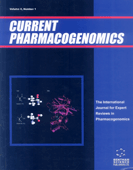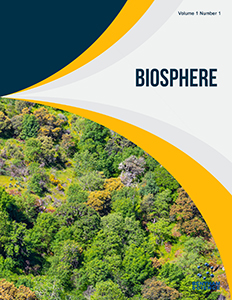Abstract
In order to evaluate the regulation, expression or activity of a gene, it is necessary to transfer the gene or its manipulated form into the in vitro systems. Since the mammalian cells do not uptake the foreign DNA efficiently, the availability of effective methods for introducing genes into the cells is essential. The transfection methodology has developed rapidly and diversely. Each year many new products and technologies are launched with improved efficiency and less cytotoxicity. In the following chapter, we will discuss the advantages and disadvantages of different methods of transfection.
Keywords: Cationic lipid, Diethylaminoethyl-dextran, Electroporation, Endocytosis, Genome, Gene transfer, Lipofectamine, Liposome, Micromanipulator, Retrovirus, Transgene.
About this chapter
Cite this chapter as:
Taseen Gul, Henah Mehraj Balkhi, Ehtishamul Haq ;Methods of Transfection, Evaluation of Cellular Processes by In Vitro Assays (2018) 1: 20. https://doi.org/10.2174/9781681087030118010005
| DOI https://doi.org/10.2174/9781681087030118010005 |
| Publisher Name Bentham Science Publisher |






















